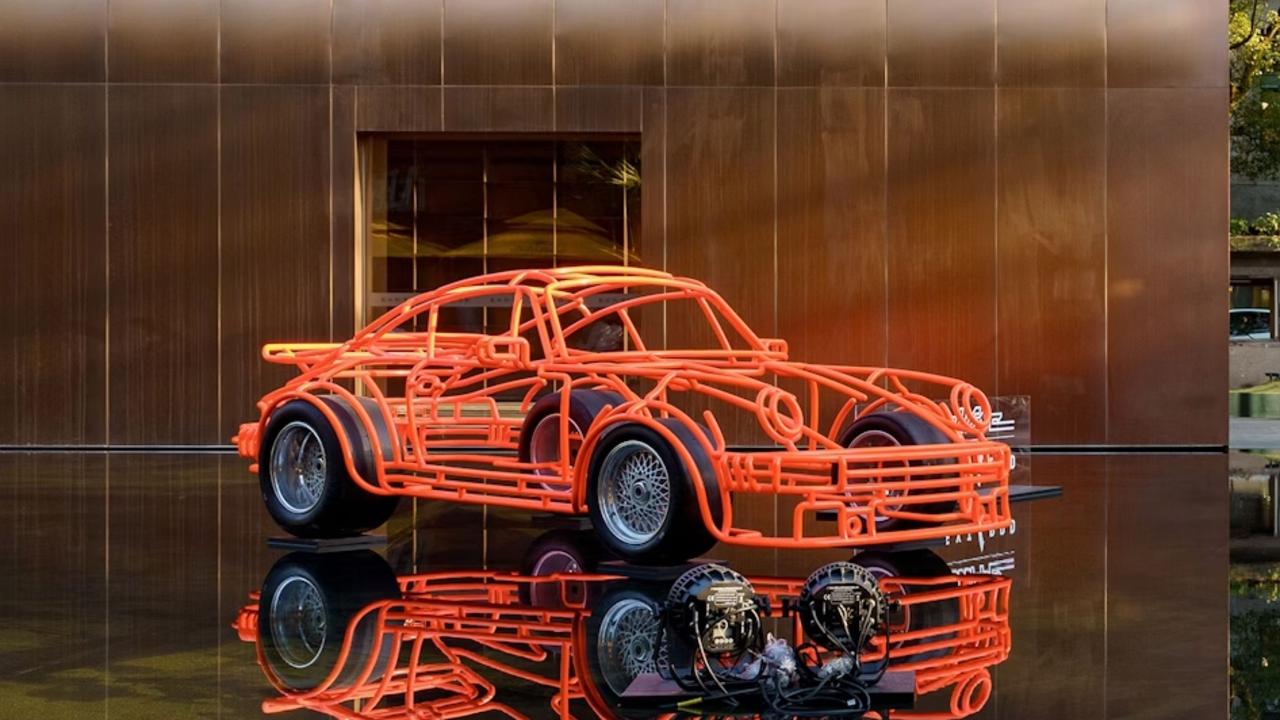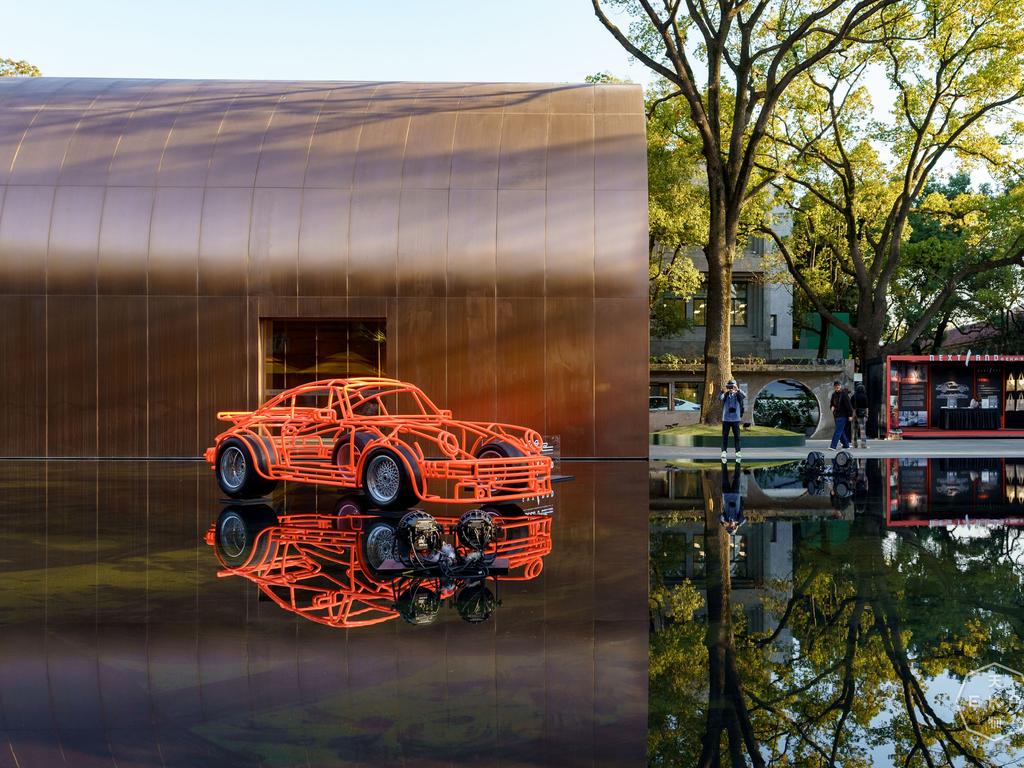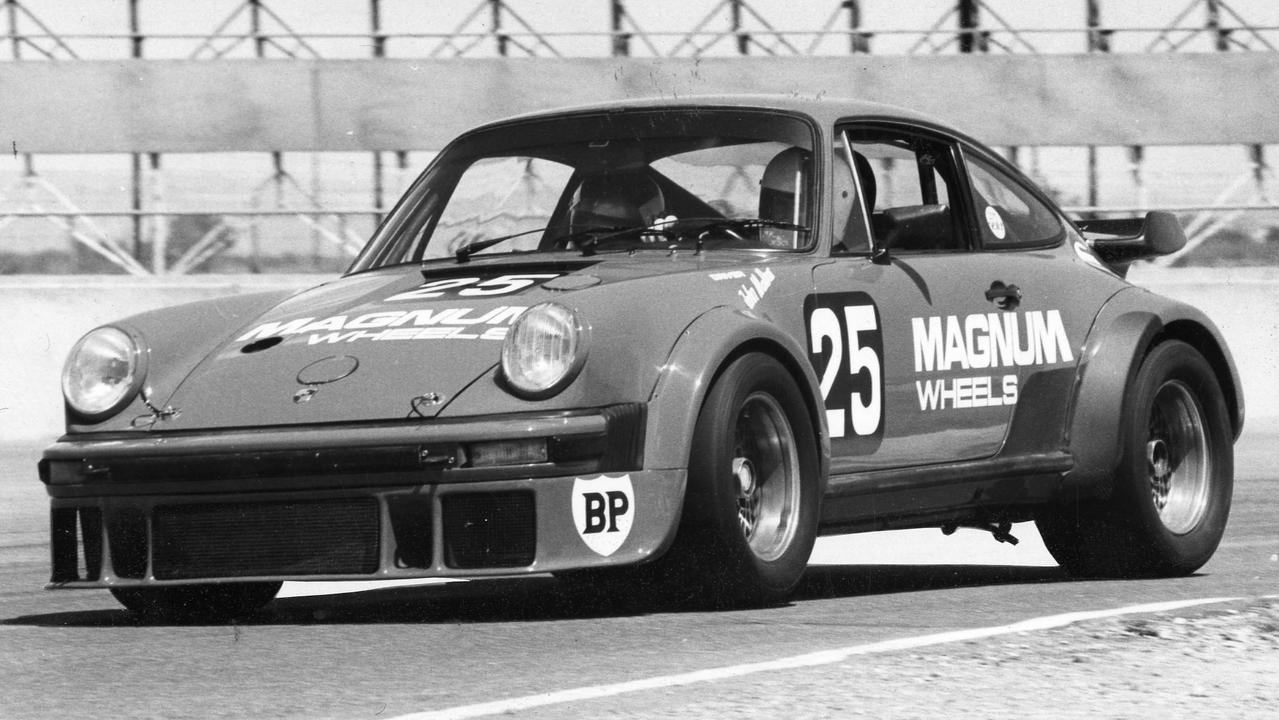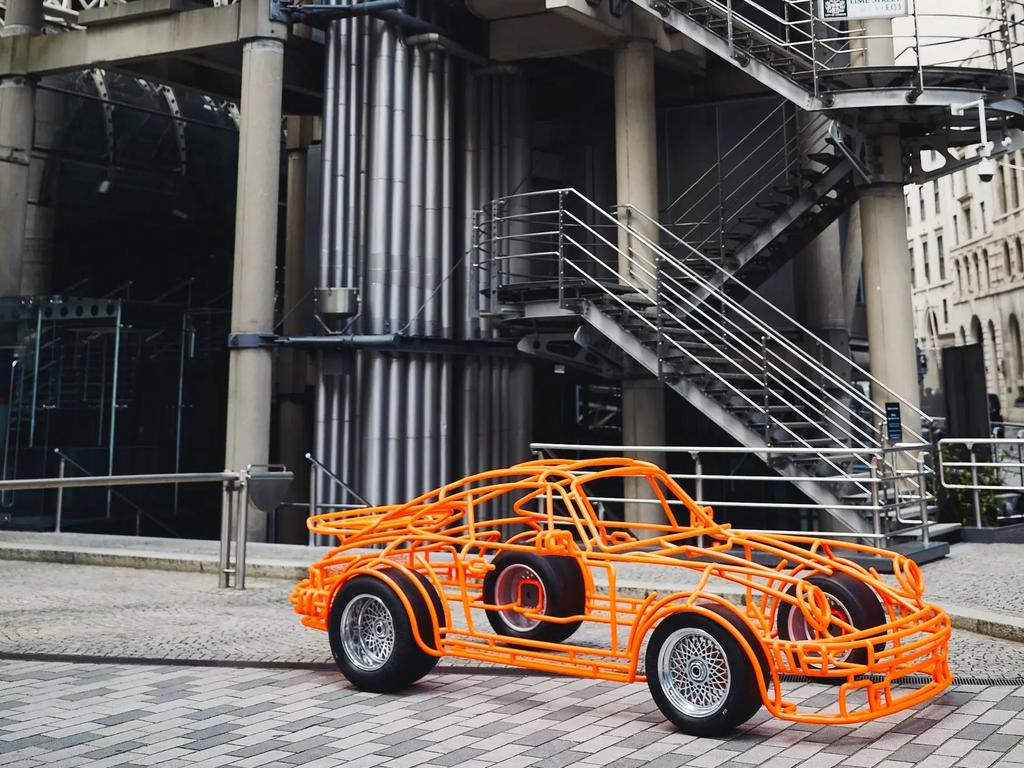Artist’s Porsche 911 sculpture sells for more than the real thing
An artwork faithfully modelled on a classic Porsche race car has sold for triple the price of the real thing – what would you pay?

READING LEVEL: GREEN
Would you be willing to pay $401,000 for a car that doesn’t have an engine, can’t drive and is completely empty inside?
Well, someone has just done that — purchasing a 1:1 sculpture of a Porsche created by London-based artist Benedict Radcliffe — leaving car enthusiasts stunned.
The auction attracted 218 bids and over 6,000 page views during its seven-day bidding period on the Collecting Cars platform.

The handcrafted wireframe sculpture is a detailed tribute to the legendary Porsche 934 racing car, faithfully replicating* its design.
The Porsche 934 dominated the FIA Group 4 racing back in the 1970s. There were only 31 units* built to be used in endurance* racing, including the 24 Hour of Le Mans and IMSA GT competitions.
But it was the bright orange Jägermeister* livery* on the 934 that made it stand out.
The 934’s tangerine* branding, combined with its wide-body, massive rear wing and flared fenders, made it one of the most memorable racing Porsches of its time.

Radcliffe’s sculpture was first exhibited in 2022 during Milan Design Week and has recently been displayed in collaboration with Porsche China in Beijing and Shanghai.

“The Porsche 934, in its Jägermeister livery, is one of the most iconic* racing cars of its type, and this sale of the sculpture that it evokes* is one that will go down in the history books,” Collecting Cars founder and chief executive Edward Lovett said in a statement.
“We can’t wait to see the sculpture in situ* with our client in Asia – it’s going to be a great talking piece.”
Radcliffe’s first full size 3D wireframe car was a Subaru Impreza that he made in Glasgow in 2005. The artist told Lodown Magazine the family standard was his “favourite car ever” – but that didn’t stop him from making a Lamborghini next.
POLL
GLOSSARY
- replicating: copying, reproducing, duplicating
- unit: individual example of something, each item making up a collected whole
- endurance: ability to last and sustain a prolonged stressful effort or activity
- Jägermeister: a bitter German liqueur brand
- livery: identifying design or colour scheme that shows ownership or affiliation
- tangerine: dark orange colour, like the skin of the citrus fruit of the same name
- iconic: very famous or popular, particularly as representing a particular time or place
- evokes: suggests, brings on feelings or memories of something, often from the past
- in situ: in place, on site, the place where something is or will be situated
EXTRA READING
Art buyer goes bananas at auction
Banksy’s animal series runs wild
Robot with skin can sense humans nearby
QUICK QUIZ
- What was the sale prize of the Porsche sculpture?
- How many bids did the sculpture attract?
- What material was used and in what colour?
- What was the first full size 3D car model made by Benedict Radcliffe?
- Which particular model Porsche inspired the artwork?
LISTEN TO THIS STORY
CLASSROOM ACTIVITIES
1. An engaging question
This news story begins by engaging the audience with a question: Would you be willing to pay $401,000 for a car that doesn’t have an engine, can’t drive and is completely empty inside? The question invites the reader to form their own opinion on whether the purchase is a good one.
Think about how the author could open the story differently if they wanted to influence the readers’ opinion in either direction. Write two new opening sentences for this news story – one that puts a positive spin on the purchase and another where the spin is negative.
Time: allow 15 minutes to complete this activity
Curriculum Links: English
2. Extension
What do you think Benedict Radcliffe should sculpt next? Should he stick to cars or would you like to see him model his next full size 3D wireframe sculpture on something else? Write to explain what you would like to see him make, why, and where you think it could be displayed.
Time: allow 20 minutes to complete this activity
Curriculum Links: English; Visual Arts
VCOP ACTIVITY
I spy nouns
Nouns are places, names (of people and objects), and time (months or days of the week).
How many nouns can you find in the article?
Can you sort them into places, names and time?
Pick three nouns and add an adjective (describing word) to the nouns.


